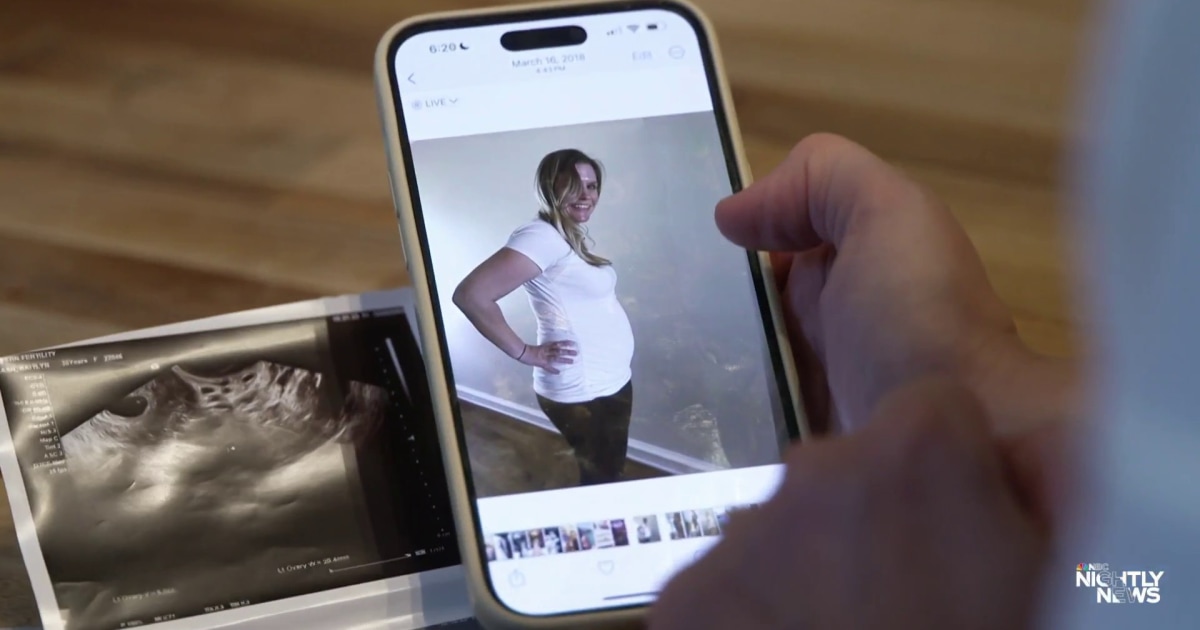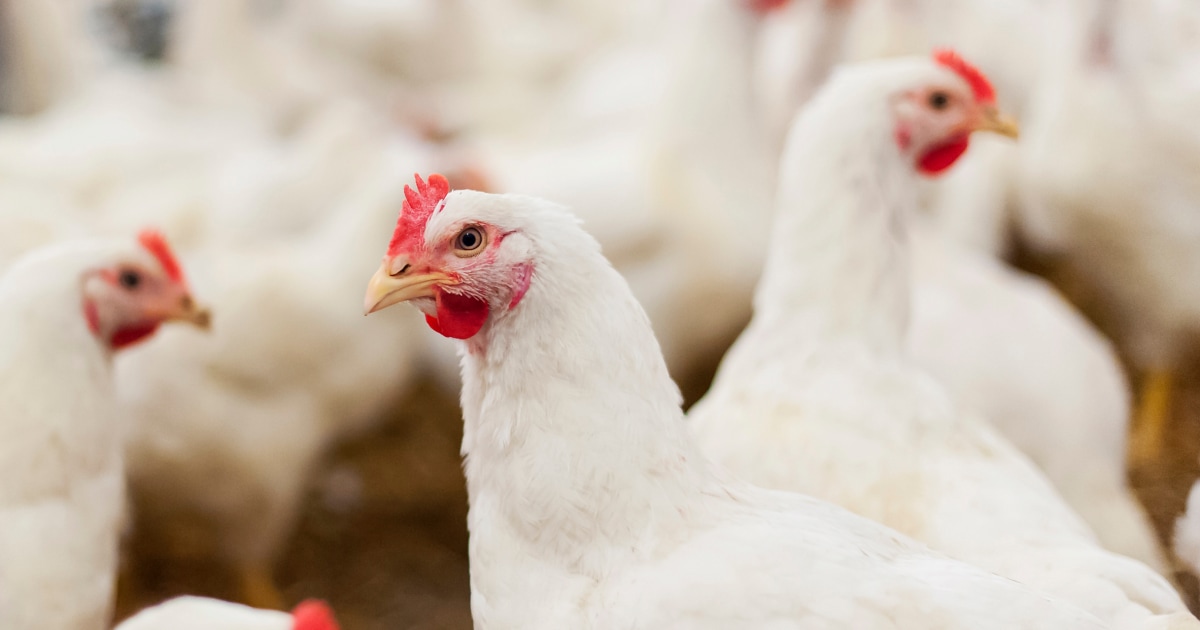Angela Onwuzoo A professor of Medical Virology and Microbiology, College of Medical Sciences, University of Maiduguri, Marycelin Baba, has said the treatment of persons who tested positive for mpox should be done at the designated isolation or treatment centres across the country just as it was done for COVID. Baba said Nigerians should be vigilant, especially health workers, revealing that malaria-like symptoms could be signs of mpox. The virologist said a person with mpox needed to go into isolation just as was the case for COVID to avoid spread.
In response to its growing spread and rise in fatalities, the Africa Centre for Disease Control and Prevention on Tuesday, declared Mpox, formerly Monkeypox, a continental public health emergency. The Director General of Africa CDC, Jean Kaseya, announced this during a “special press briefing” on crucial steps and implications of the disease to Africa’s health security. According to the World Health Organisation, Mpox is caused by the monkeypox virus (MPXV), a double-stranded DNA virus belonging to the Orthopoxvirus genus in the Poxviridae family, which also includes variola, cowpox, vaccinia, and other viruses.

The virus has two genetic clades, known as clades I and II. The African continent is facing a severe public health crisis with the rapid spread of mpox, a viral disease that has already claimed numerous lives. The outbreak has swept through several African countries, particularly the Democratic Republic of Congo.
There is a serious and growing outbreak in the Democratic Republic of the Congo that has now expanded outside the country. A new viral strain, which first emerged in September 2023, has for the first time been detected outside DRC. Since the beginning of this year, the DRC has been experiencing a severe outbreak of mpox with more than 14,000 reported cases and 511 deaths.
Speaking with our correspondent about the symptoms, causes, management of mpox, and how to prevent an outbreak in the country, Baba advised Nigerians to avoid contact with sick animals. The don stated that the main risk factor for mpox was the handling of animals, warning that animal bites or scratches also should be avoided. She said, “For prevention, avoid contact with animals, especially the sick ones.
Avoid bathing of sick animals and sick people, especially those taking care of patients in the hospital and health workers. Health workers should use adequate personal protective equipment when attending to patients, especially during this outbreak, knowing its transmission mode. “They have to be careful.
Then people identified as monkeypox patients should be in isolation just as it was done for COVID. Everyone should also maintain good hygienic practices.” The virologist noted that mpox presents malaria-like symptoms such as fever, headache, general body weakness, and exhaustion.
She explained, “Mpox comes the way malaria comes with fever, headache, general body weakness and exhaustion. It begins with the malaria-like or flu-like symptoms, then one to three days later, there will be more specific symptoms. The person will start developing a rash.
The rash begins like that of measles, which is maculopapular; then, it starts with vesicles and pus. At that stage, it develops a scab, a hard one on the skin. “The symptoms may last between two to four weeks.
This depends on the immunity of the infected person. Generally, it is not expected to be fatal. It is a self-limiting disease.
It comes and heals on its own, but there may be a case of one death out of 10, but now the mortality rate lies between three to six per cent. It can cause death but it is not as bad as COVID. One death may occur in 10 cases.
” According to her, the diagnosis is almost like that of COVID. Baba said, “For COVID, because it’s an RNA virus, we take samples from the mouth or the nose, but for mpox we take the vesicle or scrape the scabs, then carry out Polymerase Chain Reaction test. The PCR is a test of choice for monkeypox.
On who is vulnerable, the professor disclosed that both animals and humans were at risk of mpox “ It’s a zoonotic disease and can be transmitted between animals. It was first detected in monkeys. The primary reservoir is rat.
Rats are implicated – different species of rats and rodents. It can be transmitted from rat bites, blood, fluids, or tissues of infected animals. These can be a source of infection for humans.
It can also be human to human through respiratory droplets just like that of COVID. “ Also, direct contact with people that have scabs or pus on their bodies. If the pus coming out of the scabs gets in contact with another person’s body, it is usually transmitted when the skin of the new contact person is broken, but if the skin is not broken, there won’t be transmission.
“Sometimes, a broken skin may be visible and some other times it may not be visible. It’s only in a situation where there is direct contact whereby the vesicle or pus from the infected person gets in contact with the part of the skin that is broken or any other medium through which it can get into the body fluid that there will be a transmission of the infection”, she said. The virologist counselled that care should also be taken when attending to sick people at the moment.
“The person may just be having the virus as well. In general, handling animals, especially those that are sick, is a major risk factor that should be avoided”, she added. Copyright PUNCH All rights reserved.
This material, and other digital content on this website, may not be reproduced, published, broadcast, rewritten, or redistributed in whole or in part without prior express written permission from PUNCH. Contact: [email protected] Tags Africa CDC declares mpox public health emergency AU allocates $10.4m to Africa CDC for Mpox control Mpox outbreak in Africa WHO on mpox in Africa.



















